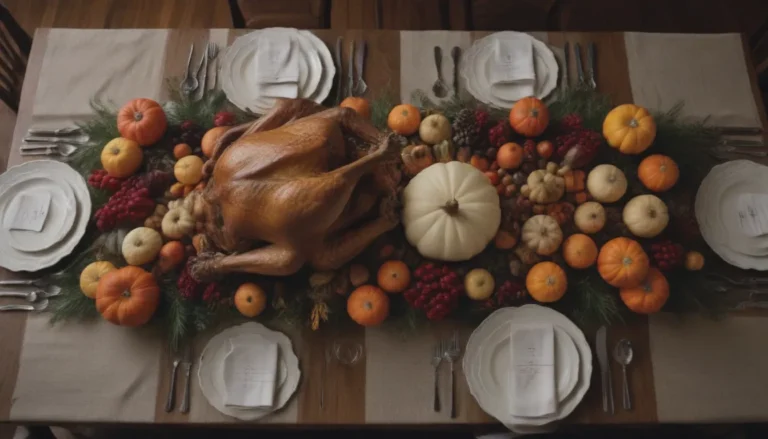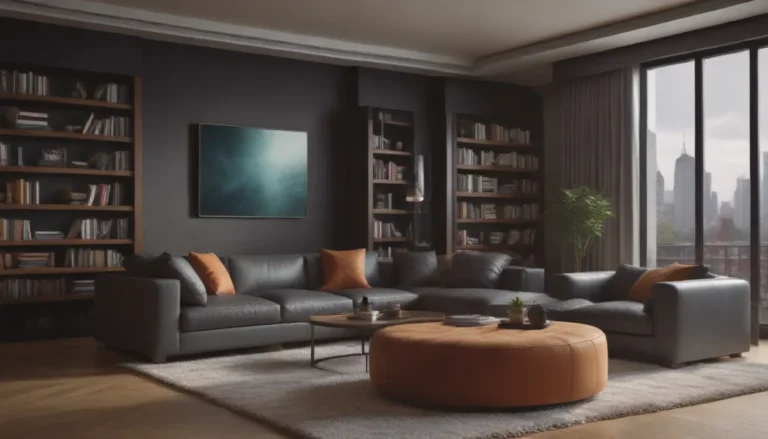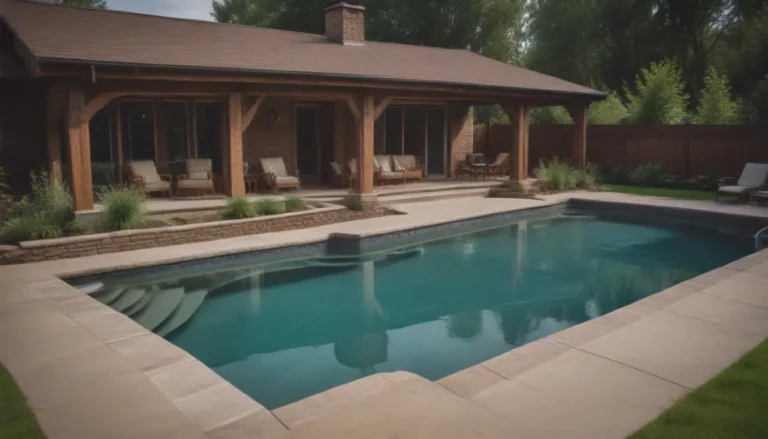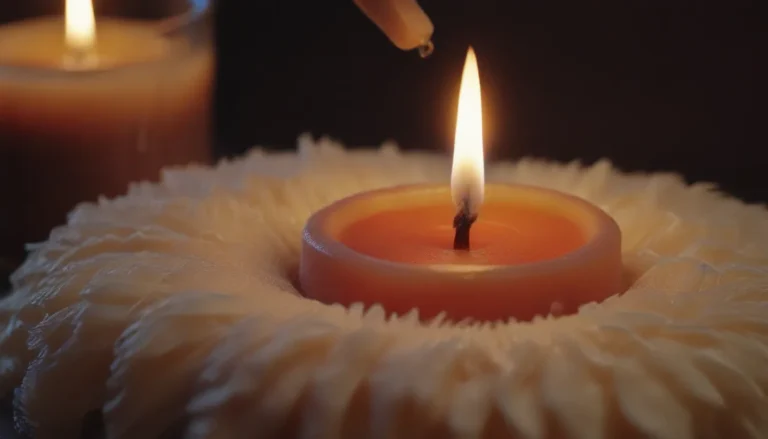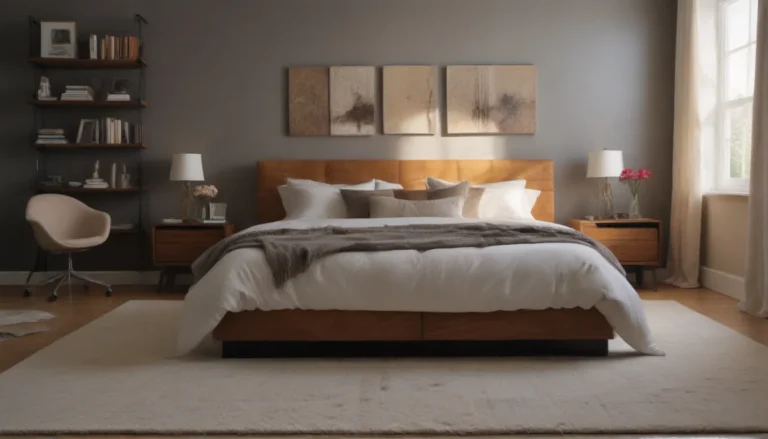Understanding Witches’ Stairs: A Unique Design for Saving Space and Adding Style
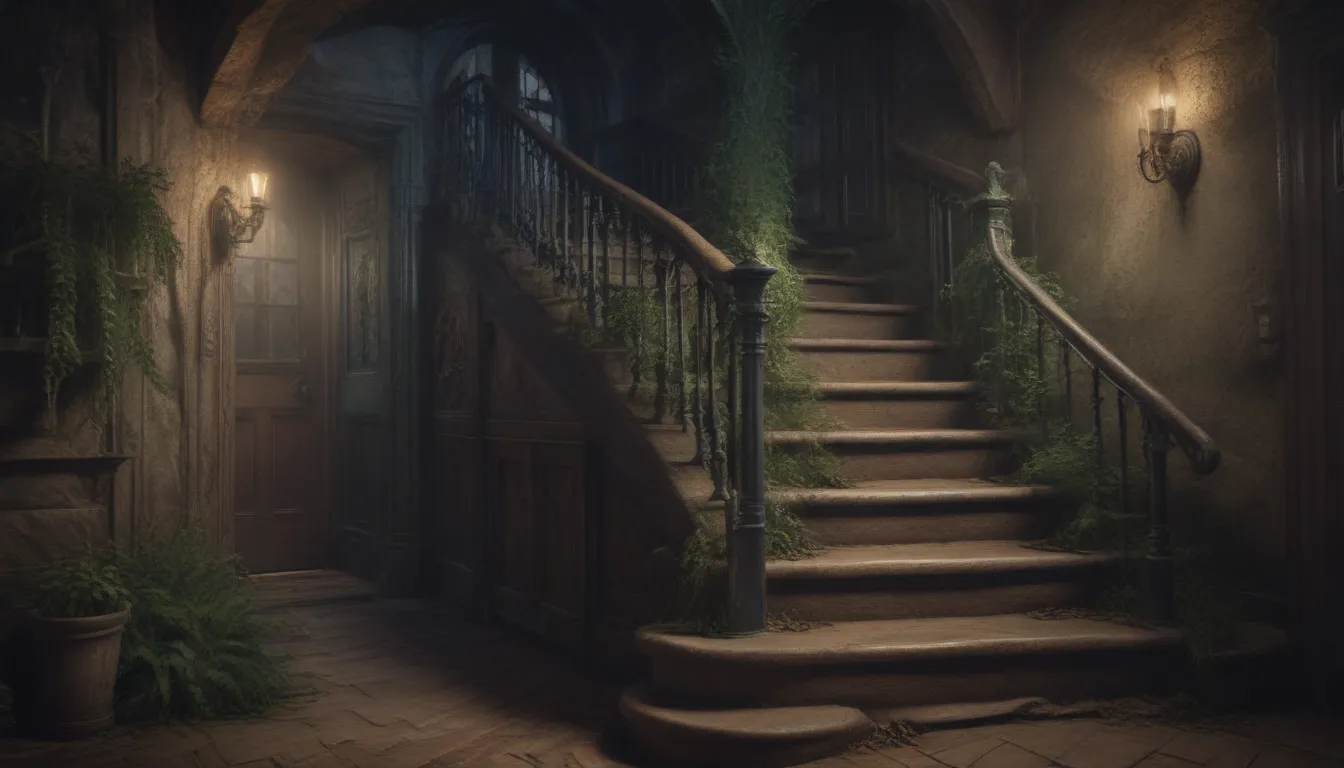
Do you ever come across something so intriguing and unique that you can’t help but dive deep into learning more about it? That’s how many people feel when they first encounter witches’ stairs. These unconventional stairs have sparked curiosity and fascination, especially after gaining popularity on TikTok, where users have shared videos showcasing the peculiar design.
In this comprehensive guide, we will explore all there is to know about witches’ stairs – from their origins and history to their practical uses and modern-day applications. So, buckle up and get ready to uncover the mysteries behind these intriguing architectural elements.
Unraveling the Mystery: What Are Witches’ Stairs?
Witches’ stairs, also known as alternate-tread stairs, are a unique type of staircase that features alternating treads arranged in a checkered formation. Unlike traditional staircases, witches’ stairs are designed to save space by being steeper and narrower. This design allows for the efficient use of space, making them ideal for small homes or tight spaces where a standard staircase may not fit.
Walking up and down witches’ stairs may require some practice initially, as the alternating treads can create an optical illusion that challenges logic. However, with a bit of practice, navigating these stairs becomes easier over time.
Debunking the Myth: The Truth Behind Witches’ Stairs
One of the most popular myths surrounding witches’ stairs is that they were used during the Salem witch trials in 17th-century Massachusetts to thwart witches from climbing them. However, this myth has been debunked, and there is no historical evidence to support this claim. In reality, witches’ stairs were designed for practical reasons, such as space-saving and efficient utilization of limited space.
While the origin of the term “witches’ stairs” remains a mystery, architects and designers have embraced this unique staircase design for its functional and aesthetic qualities. Whether it’s maximizing storage space or adding a touch of whimsy to a home, witches’ stairs continue to intrigue and inspire.
The Evolution of Witches’ Stairs: From Thomas Jefferson to Modern Innovations
The concept of alternate-tread stairs has been around for centuries, with Thomas Jefferson often credited with developing the idea. While the exact origins of witches’ stairs remain unclear, the design can be traced back to architectural publications from the late 19th century.
In 1888, a book titled “Monckton’s One Plane Method Of Hand Railing and Stair Building” featured designs for alternate-tread staircases, highlighting their space-saving benefits and practical applications. Additionally, metal versions of witches’ stairs, known as Lapeyre Stairs, were patented in 1985 for commercial and industrial use, further showcasing the versatility of this unique staircase design.
Today, witches’ stairs can be found in a variety of settings, from residential homes to commercial spaces, providing a stylish and functional solution for navigating tight spaces. Whether it’s accessing a loft or mezzanine storage area, witches’ stairs offer a creative and space-efficient alternative to traditional staircases.
Practical Uses of Witches’ Stairs: Maximizing Space and Adding Character
While witches’ stairs may have a whimsical name, their practicality and functionality make them a valuable addition to any home or space. Here are some ways witches’ stairs can be used in residential and commercial settings:
- Space-saving design: Witches’ stairs are ideal for small homes or tight spaces where a standard staircase may not fit. Their compact design allows for efficient use of space, making them a popular choice for modern homeowners looking to maximize their living area.
- Storage solutions: The unique design of witches’ stairs allows for creative storage options, such as built-in shelves, bookcases, or display spaces. By utilizing one side of the staircase for storage, homeowners can optimize their living space while adding a touch of style.
- Access to lofts and mezzanines: Witches’ stairs provide easy access to upper-level storage areas, lofts, or mezzanines, making them a practical choice for homes with limited square footage. Their compact design and steep incline make them an efficient solution for navigating vertical spaces.
In conclusion, witches’ stairs may have a mysterious and enchanting aura, but their practicality and versatility make them a valuable addition to any architectural design. Whether you’re looking to save space, add character to your home, or simply embrace a unique design aesthetic, witches’ stairs offer a compelling solution that merges form and function in a truly magical way.
So, the next time you come across a set of witches’ stairs, take a moment to appreciate the ingenuity and creativity behind this unconventional staircase design. Who knows, you might just be inspired to incorporate a touch of enchantment into your own living space!
